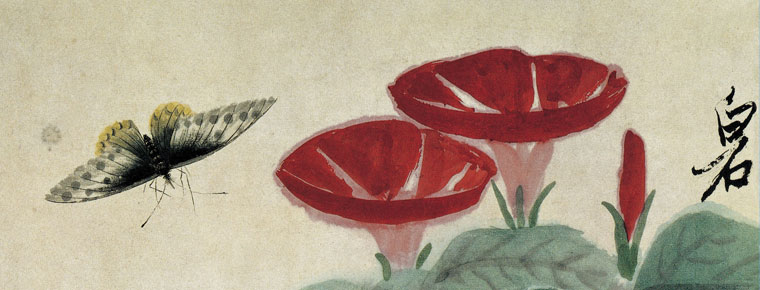China wiki youtube channel
-
1.Qixia Mous Manor
Mou's Manor, also known as Mou Erhei Manor, is located in Ducun, an ancient town in the north of Qixia City (the northern head of the original Xiaguang Third Road).
Time 2019-02-07 -
2.Silk Weaving Techniques
Silk weaving is a traditional Chinese handicraft with a long history. It consists of four parts: Yuhang Qingshui silk sponge production technology, Hangluo weaving technology
Time 2019-04-04 -
3.Lanxi stall spring
Lanxi Spring Spring Spring Spring is an ancient form of sitting and singing art, which was formed and popular in Lanxi area in the Midwest of Zhejiang Province, Jinhua and Quzhou, and belongs to Nanci
Time 2019-05-10 -
4.Shangdang Bayin Club
Shangdang Bayin Club is a kind of traditional folk wind and percussion music, which is widely spread in Changzhi and Jincheng in southeastern Shanxi Province.
Time 2019-06-13 -
5.String Dance
String dance is popular in Sichuan, Yunnan and other Tibetan areas and in Changdu, Tibet. String dance is an indispensable self-musical dance in Tibetan people's life. During festivals, weddings and g
Time 2019-07-03 -
6.Yao Nationality Medicine
Yao medicine is a traditional medicine summarized by the Yao people in their struggle against diseases. It has systematic medical theory and rich clinical experience. It has distinct national and loca
Time 2019-07-11 -
7.Bian Que
Bian Que (407 BC - 310 years ago) Ji surname, Qin Shi, name slowly, the word Yue people, also number Lu medicine, the spring and Autumn period and the Warring States period famous doctor. The spring a
Time 2019-09-06 -
8.Hefei Normal University
Hefei teachers college is located in Anhui province. Hefei City It is the first batch of "national special needs professional degree postgraduate" training pilot units, "national traini
Time 2019-11-12 -
9.Tamdrin Dingzhen
Zhaxi Dingzhen (Chinese Name: Ding Zhen), born in 2000, lives in Litang County, Ganzi Prefecture, Sichuan Province.
Time 2020-12-01 -
10.Leshan social security
By the end of 2018, there were 652700 employees participating in the basic endowment insurance for enterprise employees in Leshan, an increase of 27000 over the end of the previous year. 1.2567 million people participated in the endowment insurance for urban
Time 2020-12-17 -
11.Plant resources in Guangan
The forest vegetation in Guang'an City belongs to the vegetation area of evergreen broad-leaved forest and coniferous broad-leaved mixed forest in the middle subtropics. Gymnosperms include Pinaceae, Cupressaceae, Ginkgo biloba and Metasequ
Time 2020-12-19 -
12.Dazhou Tourism
Dazhou, located in the east of Sichuan Province, has jurisdiction over 4 counties, 2 districts and 1 city, covering an area of 16600 square kilometers and a total population of 7 million. It is a city with a large population, rich resources, an important indu
Time 2020-12-20
